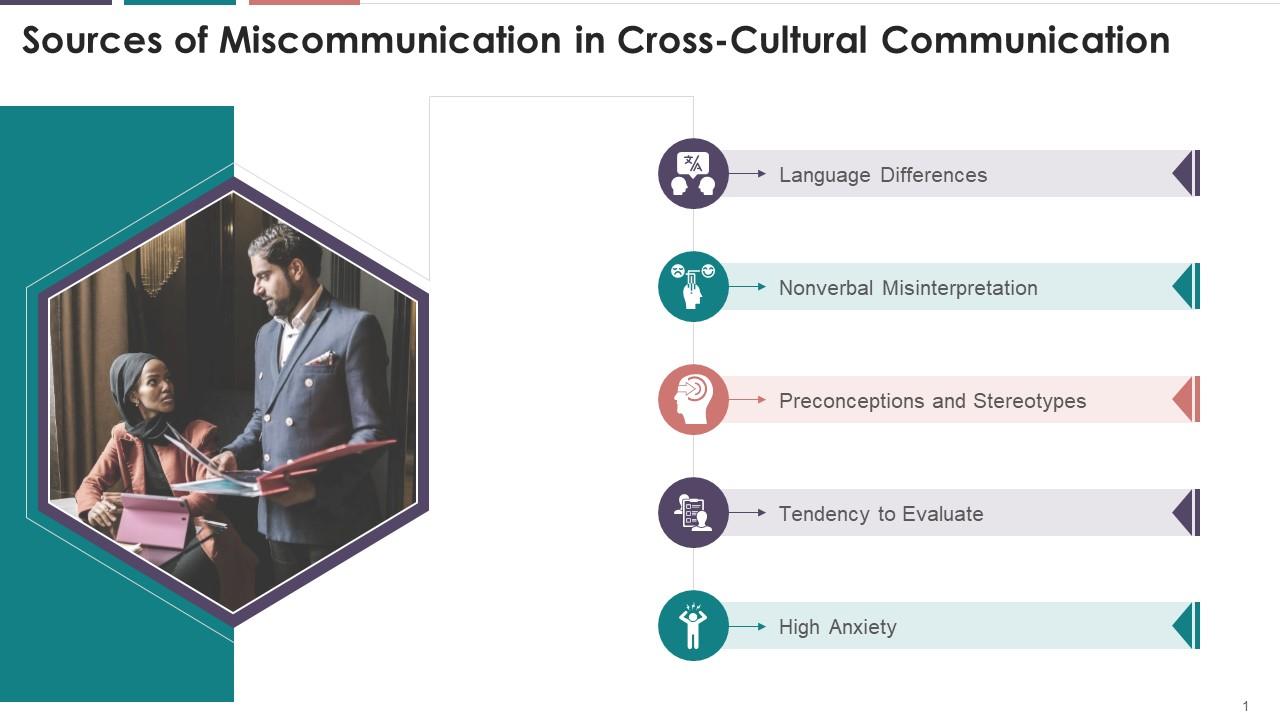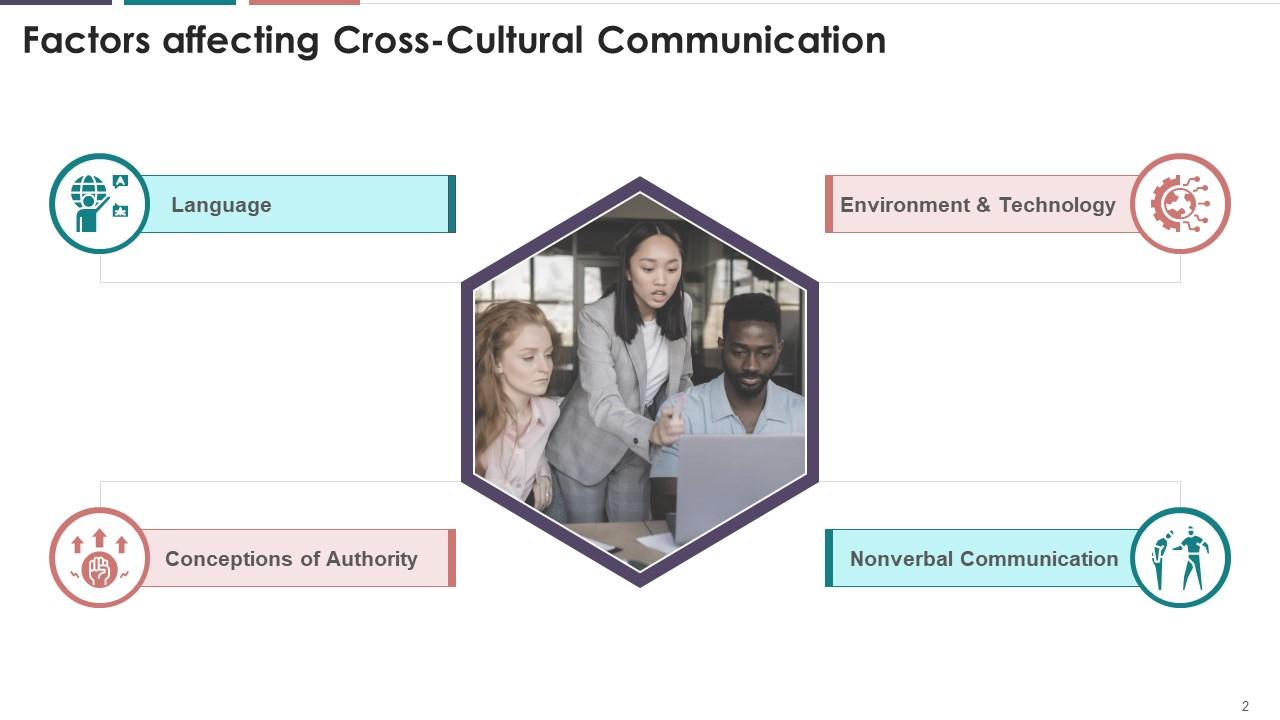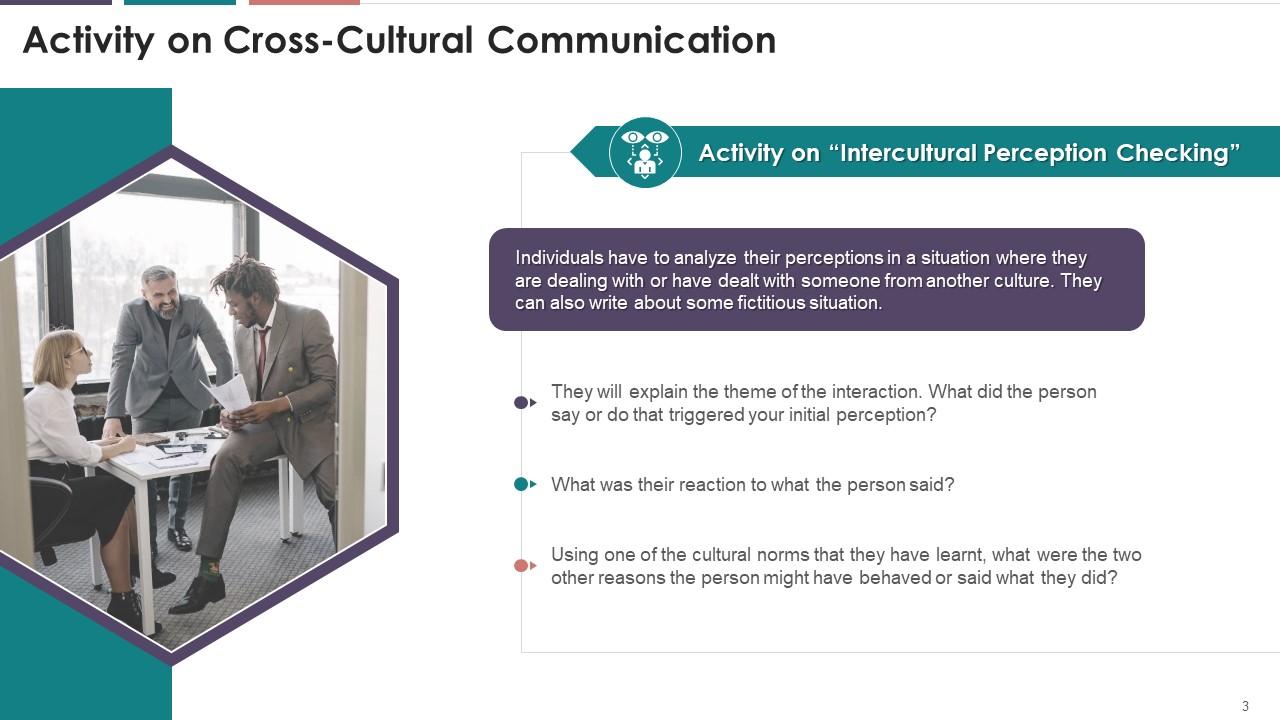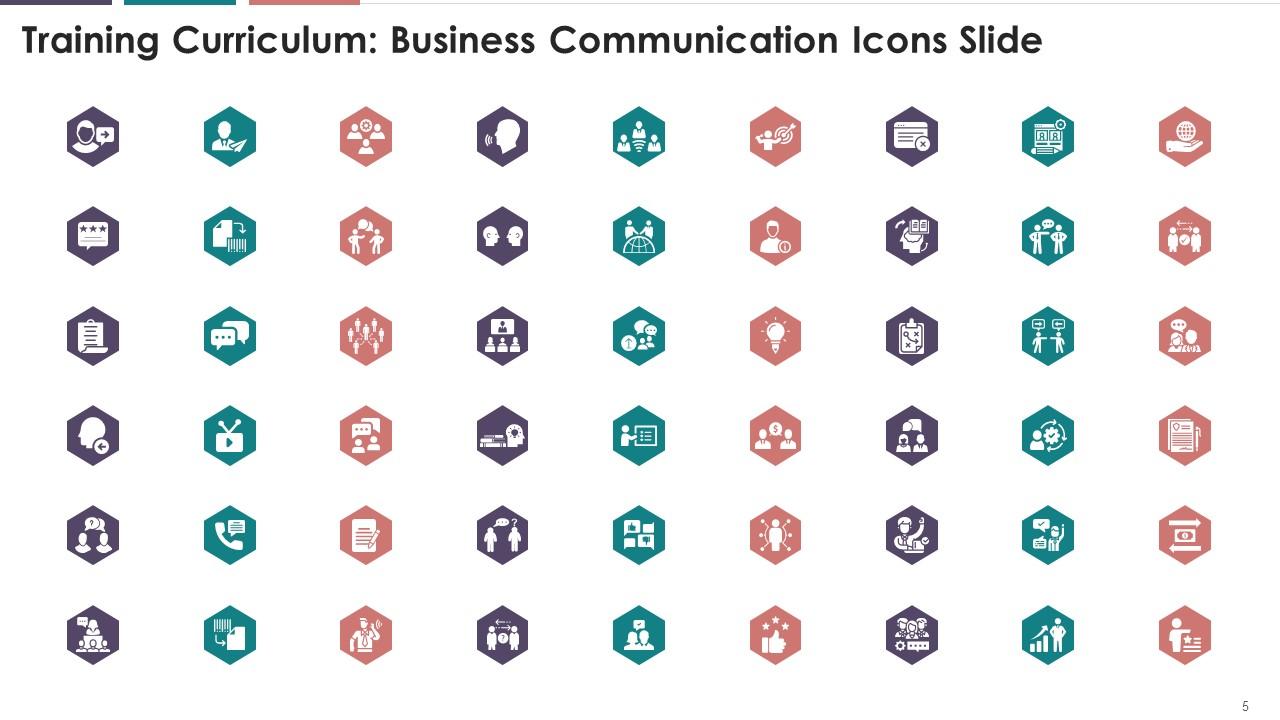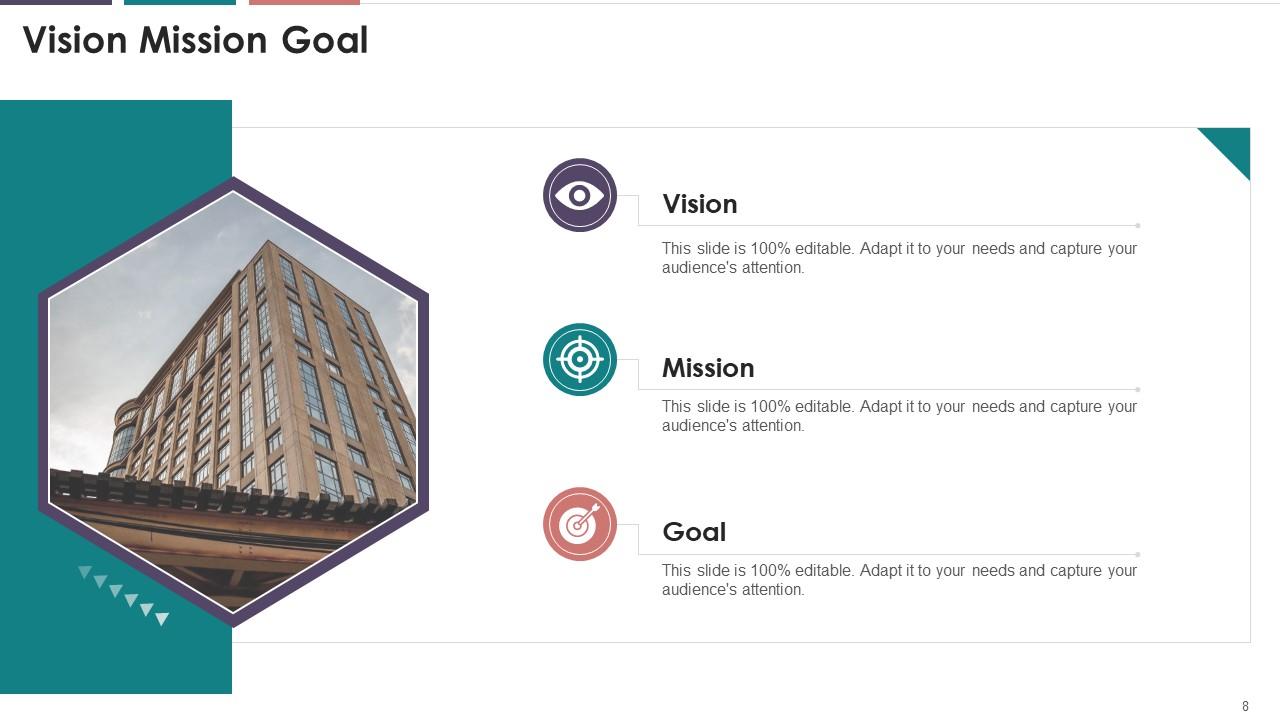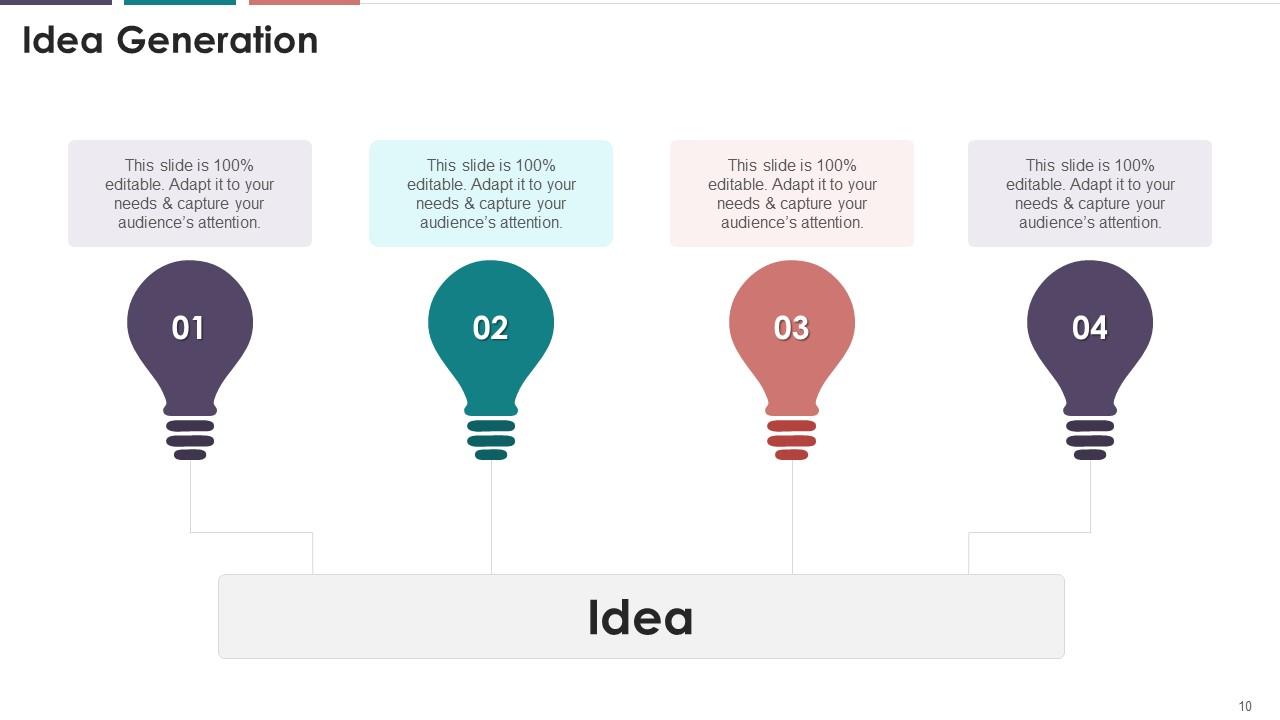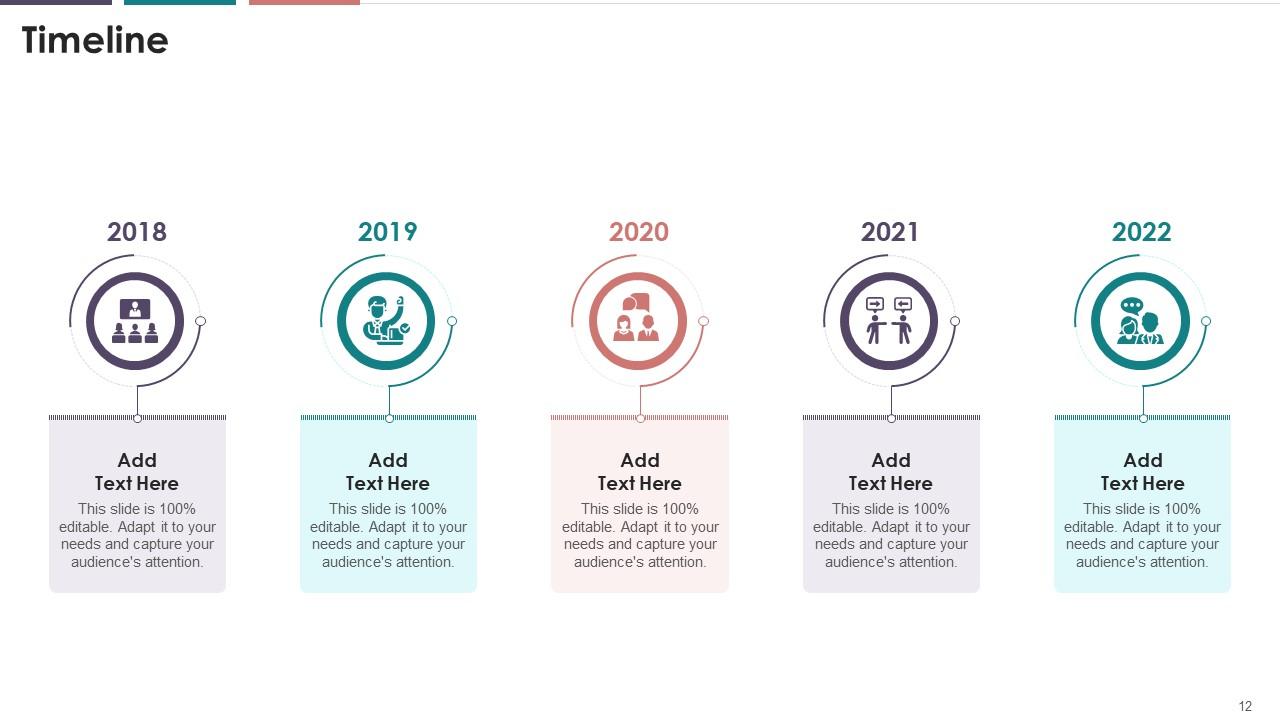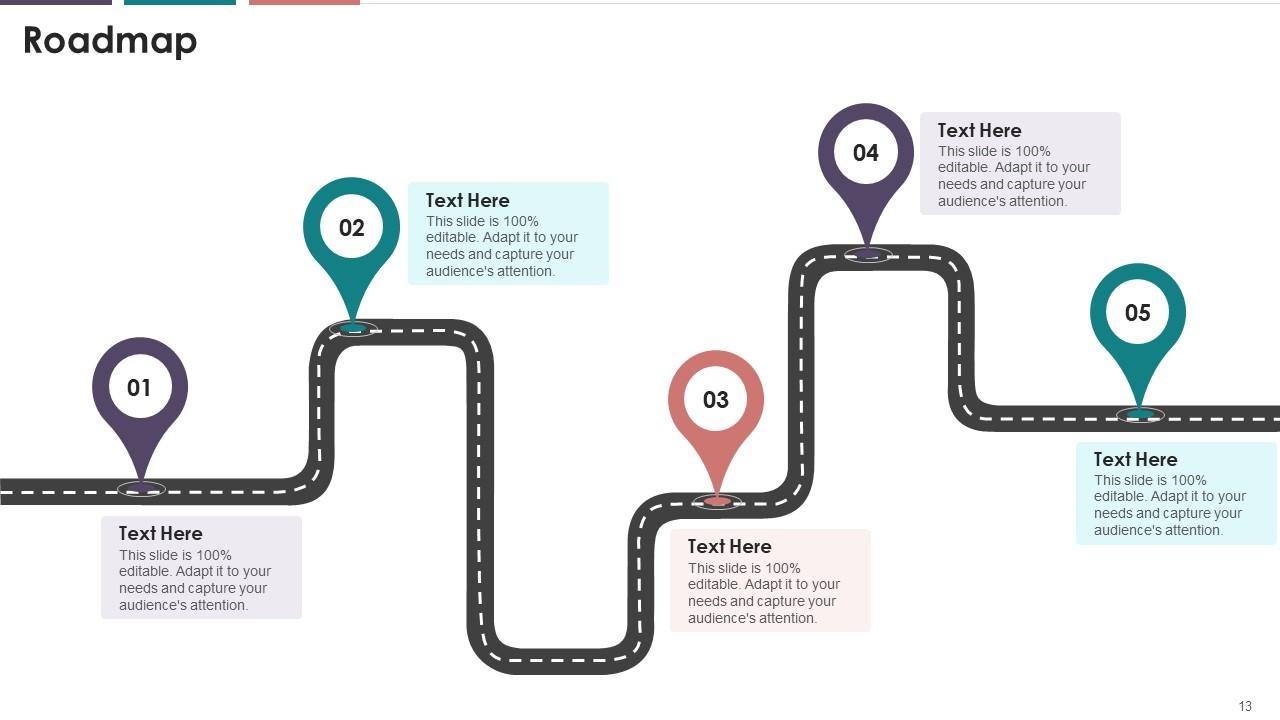Factors Affecting Cross Cultural Communication With Activity Training Ppt
These slides provide information about the sources of miscommunication in cross-cultural communication, which are language differences, nonverbal misinterpretation, and preconceptions, along with a case study on cross-cultural perception checking.
These slides provide information about the sources of miscommunication in cross-cultural communication, which are language ..
- Google Slides is a new FREE Presentation software from Google.
- All our content is 100% compatible with Google Slides.
- Just download our designs, and upload them to Google Slides and they will work automatically.
- Amaze your audience with SlideTeam and Google Slides.
-
Want Changes to This PPT Slide? Check out our Presentation Design Services
- WideScreen Aspect ratio is becoming a very popular format. When you download this product, the downloaded ZIP will contain this product in both standard and widescreen format.
-

- Some older products that we have may only be in standard format, but they can easily be converted to widescreen.
- To do this, please open the SlideTeam product in Powerpoint, and go to
- Design ( On the top bar) -> Page Setup -> and select "On-screen Show (16:9)” in the drop down for "Slides Sized for".
- The slide or theme will change to widescreen, and all graphics will adjust automatically. You can similarly convert our content to any other desired screen aspect ratio.
Compatible With Google Slides

Get This In WideScreen
You must be logged in to download this presentation.
PowerPoint presentation slides
Presenting Factors affecting Cross-Cultural Communication with Activity. This PPT presentation is thoroughly researched by the experts, and every slide consists of appropriate content. All slides are customizable. You can add or delete the content as per your need. Download this professionally designed business presentation, add your content, and present it with confidence.
People who downloaded this PowerPoint presentation also viewed the following :
Content of this Powerpoint Presentation
Slide 1
This slide mentions the various sources or causes of miscommunication in cross-cultural communication.
Instructor’s Notes:
- Language differences: When different people interacting with each other do not speak the same language, or words reflect a different meaning when spoken in the same language, that might cause miscommunication and difficulties in understanding
- Nonverbal misinterpretation: Nonverbal miscommunication takes place when the meaning of nonverbal cues differ across cultures. Body language, gestures, eye contact, postures, etc., play a considerable role in this context. For example, nodding the head is YES in some cultures ; it is a big NO in other cultures (Bulgaria)
- Preconceptions and prejudices: Having prejudices about something, especially language, usually cause differences in understanding. Preconceptions about some nonverbal signals can also cause multiple issues between people. When a person starts assuming a fixed set of characteristics from all group members that they do not like, it can cause misconceptions and differences in communication
- Tendency to evaluate: When a person starts evaluating or analyzing other people in terms of communication, appearance, ways of speaking, etc., it may lead to misconceptions and hence, cause misunderstandings
- High anxiety: When a person sounds anxious while interacting with people from different cultures, it creates confusion leading to misconceptions. Anxiety lowers your power of understanding
Slide 2
This slide illustrates various factors which affect cross-cultural communication
Instructor’s Notes:
- Language: The use of different languages across cultures is one of the most common barriers to cross-cultural communication. In most global organizations, translators are hired to make this process easy
- Conceptions of authority: Authority is viewed differently in every culture. Some cultures follow participative communication, and some rely on authority-based decision-making. People think a lot on how their message will be perceived, considering the status or rank of the receiver. The viewpoint of such authority or hierarchy followed impacts the effectiveness of business communication. Ultimately, how cultures view authority influences the level of communication and its effectiveness between people
- Environment & technology: How individuals use the resources or technology differs across cultures. Culturally-ingrained biases relating to natural and technological environment can create communication barriers. Many environmental factors like population size, availability of resources, climate, etc., have a high influence on the development of cultures
- Nonverbal communication: Knowledge of a culture conveyed using words represents only a portion of the message communicated. Non-verbal aspects like body language, clothes, eye contact, etc., communicate complete information. A wise and intelligent business person will consider understanding the prevailing attitudes in the location of their interest before actually committing resources in a culture that is unfamiliar
Slide 3
This slide illustrates the activity to be conducted by the trainer for cross-cultural perception checking.
Instructor’s Notes:
Example:
- Jessica, a girl who sits next to me in my English speaking class, never raises her hand to ask the professor a question whenever she is having any doubt. She always used to ask me if I would ask the professor instead
- My initial reaction to this was confusion on why couldn't she raise her hand and ask the professor herself that she was confused? Most of the American students did this all the time
- Later on it was found that, Jessica belongs to a collective culture that also has high power distance. For her, it was second nature to rely on her community for support. Also, Jessica belongs to a culture that respects the authority of professor. She was concerned about what impression the professor will carry of her, if she admitted that she didn't understand
Factors Affecting Cross Cultural Communication With Activity Training Ppt with all 19 slides:
Use our Factors Affecting Cross Cultural Communication With Activity Training Ppt to effectively help you save your valuable time. They are readymade to fit into any presentation structure.
-
Great product with effective design. Helped a lot in our corporate presentations. Easy to edit and stunning visuals.
-
The templates are easy to get, and the chat customer support is excellent.


